Letter of Recommendation Request Email Template
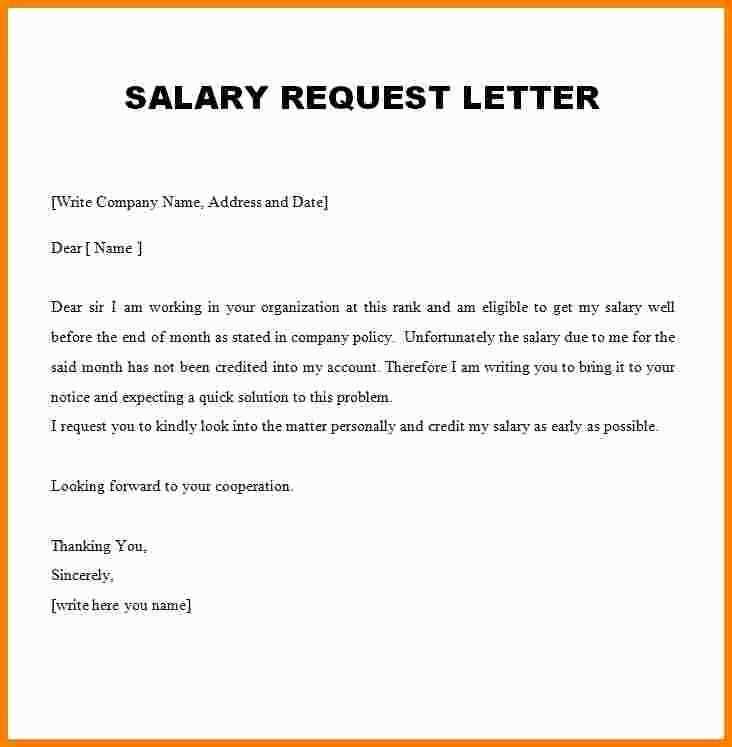
Reaching out for a professional endorsement is an important step when applying for jobs, programs, or other opportunities. Crafting a well-structured message is crucial to ensure that your request is both clear and respectful. Knowing how to approach the person you’re asking for a recommendation from can make a significant difference in the response you receive.
In this guide, we will explore the essential components of an effective message, how to make your appeal polite and compelling, and what common pitfalls to avoid. Understanding how to convey your needs professionally will help you achieve the support you need without feeling uncomfortable or intrusive.
Letter of Recommendation Request Email Template
When seeking a professional reference, it’s essential to communicate clearly and respectfully. A well-crafted message can help establish a positive impression, making it more likely that the person you are approaching will feel comfortable supporting your application. Below is a suggested structure for your request, along with key points to consider when drafting your own message.
Structure of a Professional Request
- Subject Line: Make the subject clear and straightforward. Keep it brief while giving the recipient an idea of what the message pertains to.
- Introduction: Begin by greeting the person politely and explaining the purpose of your communication. Be concise and respectful.
- Reason for the Request: Clearly state why you need a recommendation and why you believe they are the right person to provide it. Mention specific qualities or experiences that make them suitable for this role.
- Specific Details: If applicable, share any necessary information that will help the person write a detailed recommendation. This could include your achievements, goals, or key aspects you want highlighted.
- Closing: End with gratitude and a polite invitation for them to reach out if they have any questions. Express your appreciation for their time and consideration.
Things to Remember When Writing
- Be Respectful of Their Time: Acknowledge that writing a recommendation can take time and express your understanding of that.
- Be Clear and Specific: Provide all necessary context and avoid leaving the recipient guessing about what you need from them.
- Follow Up: If you don’t hear back within a reasonable time, a polite follow-up can help remind the person of your request.
How to Start Your Request Professionally
When reaching out for a professional endorsement, the beginning of your message sets the tone for the entire conversation. A well-thought-out opening can help establish respect and convey your purpose clearly. The goal is to be polite, concise, and direct, while also demonstrating your appreciation for the recipient’s time.
Key Elements to Include in the Opening
- Use a Professional Greeting: Start with a respectful salutation, such as “Dear [Name]” or “Hello [Name].” Avoid overly casual expressions.
- Introduce Yourself: If you haven’t been in touch for a while, briefly remind the person who you are and your connection to them. Mention any relevant experiences or projects you worked on together.
- State the Purpose Clearly: In the first sentence, mention that you are seeking their support for a professional recommendation. Be clear and to the point.
Suggestions for a Polite and Clear Start
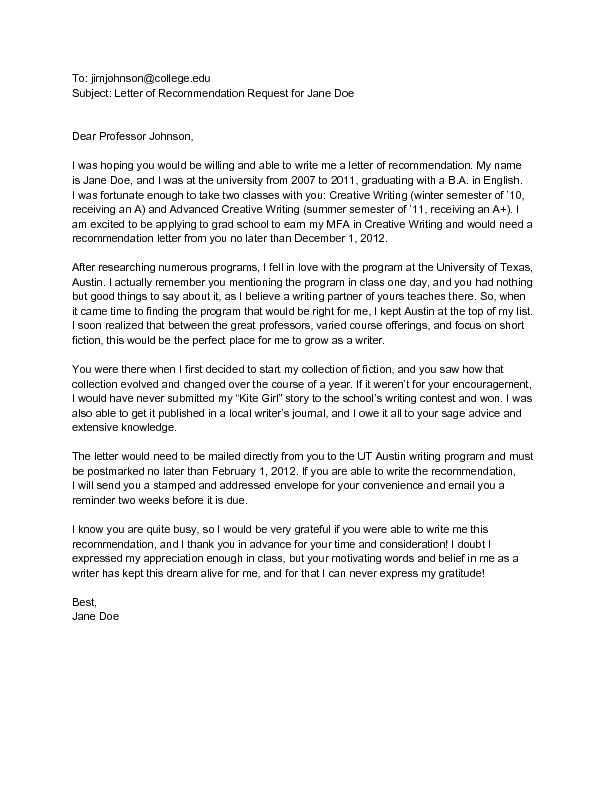
- Be Direct but Respectful: Don’t beat around the bush. Let them know upfront that you’re hoping for their assistance, but always with respect.
- Express Gratitude: Acknowledge their potential help early in the message. A simple “I would greatly appreciate your support” can go a long way.
- Personalize the Message: Tailor your message to the person you’re contacting. Mention specific reasons why you believe they would be an ideal person to support your application.
Key Elements to Include in Your Email
When reaching out for a professional endorsement, it’s essential to include certain elements to ensure your message is complete and effective. These components will help you communicate your needs clearly while making it easier for the recipient to understand and fulfill your request. A well-structured message shows respect for their time and increases the likelihood of receiving a positive response.
First, make sure to express your gratitude. Acknowledge that you understand the value of their time and appreciate them considering your request. It’s also important to provide enough context for them to understand why you’re seeking their support. Mention your relationship with the person, any relevant experiences, and why they are the best person to assist you. Additionally, be specific about the kind of help you’re asking for–whether it’s highlighting certain skills, accomplishments, or qualities. Finally, don’t forget to include a polite closing, thanking them again for their time and offering to provide any additional information if needed.
Choosing the Right Tone and Language
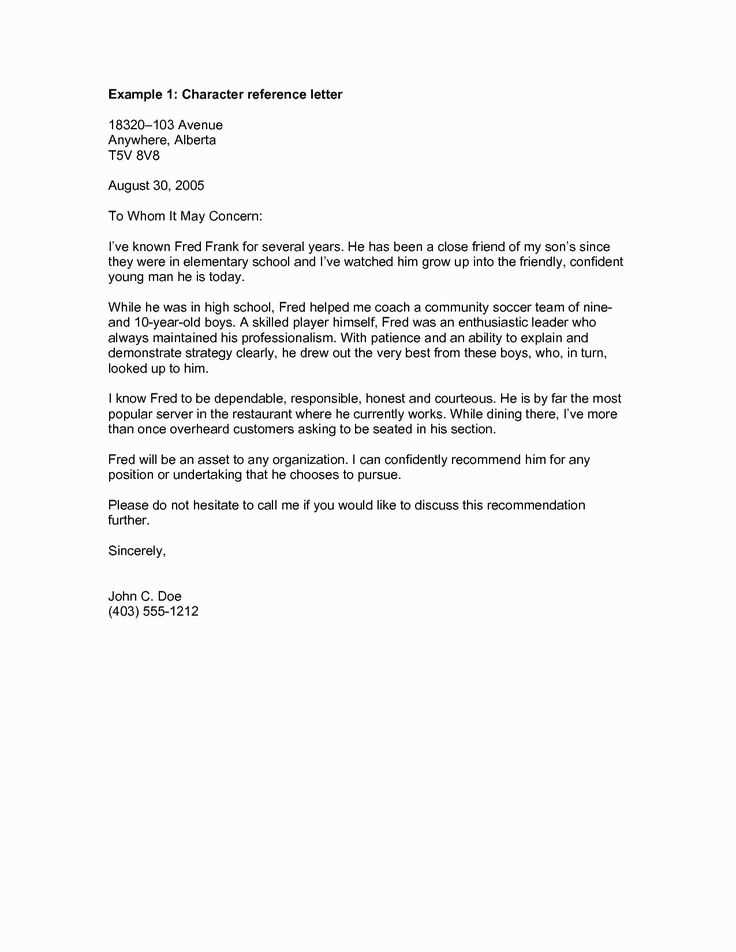
The tone and language you use when asking for a professional recommendation play a significant role in how your message is received. It’s essential to strike the right balance between being polite, respectful, and clear, without coming across as too casual or overly formal. The way you phrase your request can greatly influence the likelihood of getting a positive response.
Be Professional Yet Friendly: Start with a tone that is courteous and warm. While it’s important to remain formal, you don’t want to sound stiff or robotic. A friendly tone can help make your message more approachable, but it should still respect the professional context.
Use Clear and Direct Language: Avoid ambiguity in your request. Make sure the person understands exactly what you need and why you’re reaching out to them. Be specific, but also considerate in your phrasing, acknowledging their potential time and effort.
Be Grateful and Humble: Always express gratitude for the person’s time and consideration. A humble request will demonstrate respect for the recipient’s position and reinforce your appreciation for any help they can offer.
Tips for Customizing Your Request
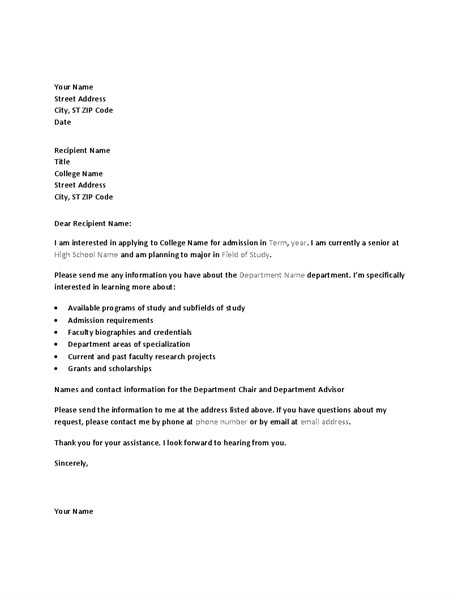
Personalizing your message is a key step in making it stand out and increasing the chances of a positive response. Tailoring your communication to the individual you’re contacting shows that you value their time and are thoughtful about your needs. Customization helps the recipient understand why they are the ideal person to support you and highlights your respect for their contribution.
How to Personalize Your Approach
- Reference Your Past Interaction: Mention specific projects or experiences you shared to provide context and remind them of your relationship.
- Be Specific About the Qualities You Need Highlighted: If there are particular strengths or achievements you’d like emphasized, make sure to mention them.
- Show Understanding of Their Expertise: Acknowledge their skills or position, and explain why you feel they are the right person to help you.
Customizing the Message for Different Recipients
| Recipient Type | Personalization Tips |
|---|---|
| Professor | Highlight specific academic achievements and ask for insights on your abilities in their subject area. |
| Supervisor | Focus on your contributions to projects and teamwork, emphasizing your work ethic and results. |
| Colleague | Mention joint projects and your ability to collaborate, focusing on teamwork and mutual respect. |
Common Mistakes to Avoid in Requests
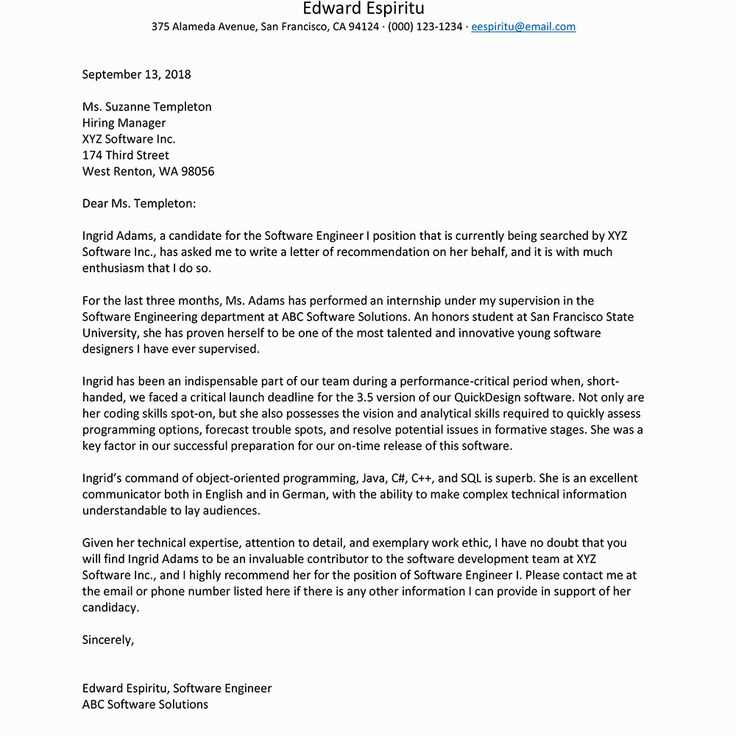
When reaching out for professional support, it’s easy to make small missteps that can negatively impact your chances of receiving a favorable response. Avoiding common errors in your communication is essential to making a positive impression and ensuring your message is taken seriously. By being aware of these mistakes, you can approach the situation with greater confidence and professionalism.
Being Too Vague: One of the most common mistakes is not being clear about what you’re asking. Make sure your request is specific, outlining exactly what kind of support or action you’re seeking.
Overloading the Message: While it’s important to provide enough information, overwhelming the recipient with excessive details can be counterproductive. Keep your message concise and to the point.
Failing to Show Appreciation: Not expressing gratitude or acknowledging the person’s time can create a sense of entitlement. Always thank the recipient for considering your request, regardless of their decision.
Being Impersonal: A generic, impersonal request can feel robotic and make the recipient feel like just another step in your process. Personalize your message to show genuine interest and respect for the person’s time and effort.
Follow-Up Strategies for Effective Communication
After sending a request for professional support, it’s important to follow up in a timely and respectful manner. Following up allows you to reiterate your interest, clarify any details, and ensure that your message hasn’t been overlooked. However, the approach you take when following up can make a significant difference in how your message is received.
Timing Your Follow-Up
Waiting too long to follow up can create a sense of uncertainty, while following up too soon may seem impatient. It’s important to find the right balance. Generally, waiting around one to two weeks is an appropriate timeframe to give the recipient enough time to respond without feeling rushed.
Crafting a Professional Follow-Up Message
- Be Polite and Courteous: Always start with a polite greeting and express your appreciation for their time. Maintain a tone of respect throughout the message.
- Reiterate Your Request: Politely remind them of your initial request, and briefly mention the purpose and why their help is important to you.
- Keep It Concise: Avoid overwhelming the recipient with unnecessary details. Keep your follow-up message short and to the point.